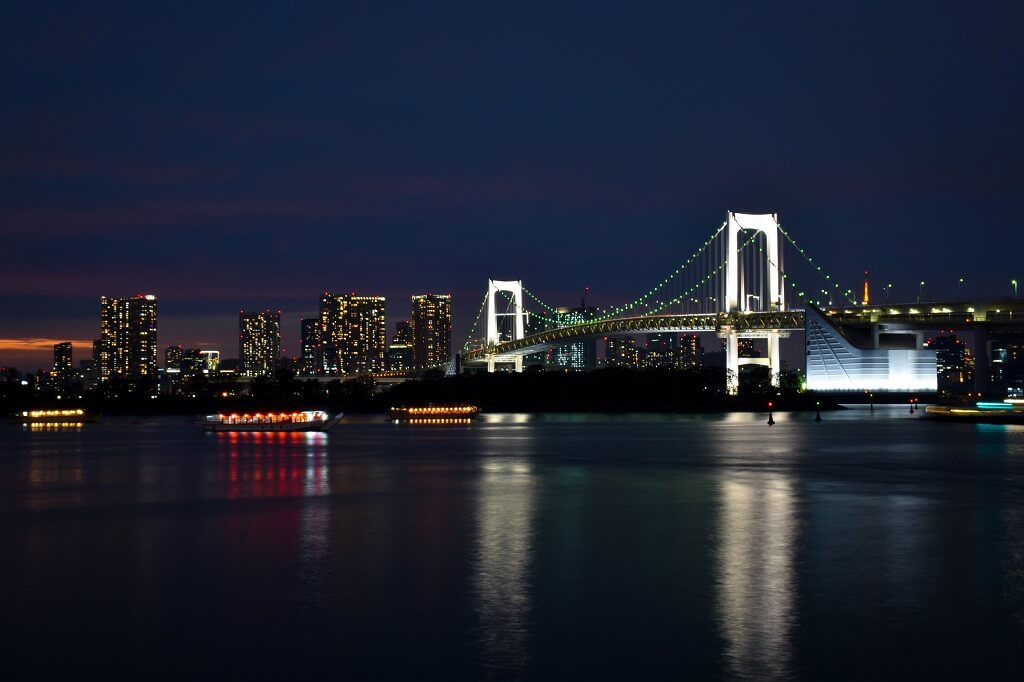It’s the month of the Olympics! The
Tokyo 2020 Olympics is finally happening in 2021. The city of Tokyo is welcoming people from all over the world to enjoy the games. Despite the
call to cancel the games, the WHO and the organizers decided to hold the games, but with strict health measures in place to protect everyone.
However, several other issues need to be resolved. Let’s take a look at some of them;
The Smelly Tokyo Bay City
Tokyo Bay is at an increased risk of sewage leakage, as recent storm forecasts have shown. This area is hosting the open water swimming for the triathlon, so it is quite crucial. The foul smell coming out of the area is already a major issue for residents. The smell has been attributed to the
dangerously high levels of E. coli in the water.
So, there is a decent chance that triathletes would be swimming in toilet water. While work is ongoing to clean up the water, the foul smell doesn’t look like it will be going anytime soon. Plus, residents are getting more worried about the possible E. coli contamination.
What are the symptoms of E. coli infection?
E. coli or Escherichia coli is a bacterium that is often present in the gut of a warm-blooded animal. Some
E. coli strains are harmful to the human body, causing abdominal pains, fever, vomiting, and diarrhea.
For example, it takes six to eight days for a healthy adult human to recover from an E. coli infection. The symptoms within this period can be unbearable but not life-threatening. It is common to see people wrongly diagnose E. coli because they have stomach pains or feel feverish.
Here are clear symptoms of E. coli:
- Severe or sudden abdominal pain or cramping followed by watery diarrhea
- Nausea, and, sometimes vomiting
- Bloody, bright red colored stools
The vulnerability to these symptoms and diseases is higher in people with a compromised immune system, including the elderly and infants. The symptoms may be life-threatening in their cases, attacking the kidneys, lungs, and nervous system. Self-recovery occurs often, but there may be severe and permanent health effects and death in some cases.
How does E. coli enter drinking water?
Natural Water Sources
As a human and animal waste component, it is not surprising to
find out that E. coli contaminants natural water. If animal or human wastes find their way into a natural water body, the water becomes contaminated. That is why it is not advisable to drink from streams, rivers, or lakes directly. In addition, backpackers are at a higher risk of infection because they rely on these water sources while in the wild.
City Sewage
E. coli is also present in city sewage due to the poor treatment of the sewage and septic. The modern septic systems expel wastes into the soil. If these wastes find their way into the groundwater without proper treatment, it becomes a problem. Most times, an overly-filled sewage system may struggle to handle the wastewater properly. If there is a severe storm or flooding, the leach field gives way, and the sewage leaks into the city water.
What is happening at Tokyo Bay is the leaking of sewage into the swimming course designed for the Olympic triathlon swimming. The leakage is due to a tropical storm. Tokyo is designed to use the same drainage system for both sewage and rainwater. The current problem is a result of sewage water leakage, resulting in the strong toilet smell everywhere.
What are the acceptable levels of E. coli in drinking water?
There are acceptable levels of E. coli as clearly stated and regulated by the EPA. The varying levels of contaminants are allowed depending on the water use in each case. For instance, the E. coli in drinking water must be
less than 1 CFU/100 ml.
How do you remove E. coli in water?
Here are various ways you can remove E. coli from your water:
Boiling
You can kill almost all types of bacteria in your water by
boiling water. Boiling the raw water for one minute or more will eliminate E. coli and any other bacteria. Ensure that the water cools before drinking or storing it in a clean, tightly sealed container.
Disinfecting
Chlorine and chloramine are often used in disinfecting municipal tap water before it is sent to our homes. However, it may be difficult for individuals to replicate this at home. If you are convinced that your tap water is safe enough, you can use it directly. Otherwise, you may be at the risk of having contact with the bacteria, except you find a way to disinfect the water.
Water Purifiers
Water purifiers are designed to remove the contaminants in your water. However, you must ensure the water purifier you adopt doesn’t rely on only activated carbon to filter out contaminants. That is because the micron rating of an activated carbon filter is larger than the micron rating of E. coli, which is 1.0-2.0 microns.
Instead, go for a water purifier like the
Reverse Osmosis Water Filter Systems with a 0.0001-micron filtration accuracy. RO systems are effective against bacteria and other contaminants. You can learn about how reverse osmosis works on this blog:
Everything You Need to Know About Reverse Osmosis Systems
The Waterdrop D4 Water Filtration System is our top recommendation here. It has a modern filter structure that delivers a five-stage filtration effect using just one composite filter. Its compact design means it requires little space to deliver an excellent filtration performance. It is effective against chlorine, TDS, heavy metals, viruses, bacteria, and more.
Ultraviolet Light
You can also go for an
ultraviolet disinfection system. UV has a 99.9% sterilization rate but is only applicable if the water you want to disinfect is visually clear. So, if you have muddy water, do a partial filtration to make it clear, then subject it to UV disinfection.

































































